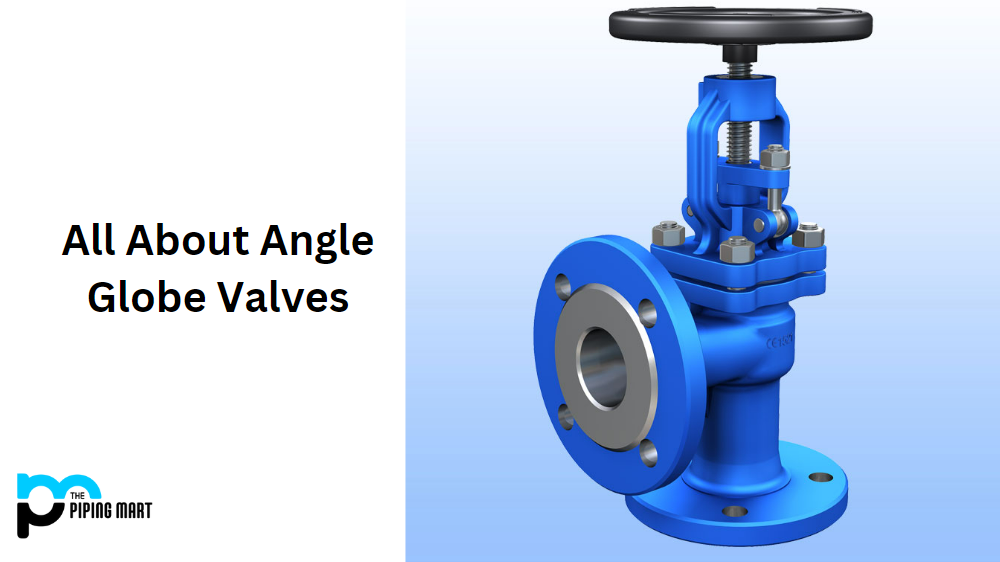Cryogenic valves are essential components that are used in cold-temperature applications. These valves are designed to withstand extreme temperatures and operate flawlessly in harsh environments. Cryogenic valves are commonly used in applications that involve liquefied natural gas, medical gases, and aerospace. In this blog post, we will explore cryogenic valves’ properties, uses and applications.
What is Cryogenic Valve?
A Cryogenic Valve is designed for extreme temperature environments, typically operating between -200°C and +200°C. It is used in highly specialized systems such as cryogenic tanks, liquid gas transfer lines, air separation plants, and other industrial applications. The main purpose of the Cryogenic Valve is to control flow rates and maintain pressure stability while safely handling potentially hazardous cryogenic liquids or gases.
Properties of Cryogenic Valves:
Cryogenic valves are designed to withstand extreme temperatures and are typically made of stainless steel, bronze, titanium, and other non-corrosive alloys. These materials can withstand the extreme cold of cryogenic applications without becoming brittle or losing their mechanical properties. Additionally, cryogenic valves are designed with extended bonnets, which prevent the cold temperature from affecting the stem packing and seal.
Uses of Cryogenic Valves:
Cryogenic valves are used in various industries, such as industrial gases, medical gases, and aerospace. Industrial gases such as liquefied natural gas (LNG), liquid hydrogen, and liquid oxygen require cryogenic valves that can withstand the low temperature and high pressure involved in their transportation and storage. In medical gases, cryogenic valves are used to store and transfer liquid oxygen for respiratory therapy. In aerospace, cryogenic valves are used in rocket engine fuel systems.
Applications of Cryogenic Valves:
Cryogenic valves are used in different applications in different industries. They are commonly used in systems that require the transportation and storage of cryogenic media. One of the most common applications of cryogenic valves is in the liquefied natural gas (LNG) industry, where they control the flow of liquid natural gas from the storage tanks to the processing facility. Cryogenic valves are also used in the aerospace industry to manage the flow of liquid hydrogen and oxygen for propulsion systems.
How to Use Cryogenic Valves:
Cryogenic valves are designed to withstand extreme cold temperatures, making them suitable for applications in freezing environments. When using a cryogenic valve, it is essential to ensure that all the components are compatible with the cryogenic service. When the valve is used for the first time, it must be slowly brought up to the operating temperature to prevent sudden thermal shocks that can damage its components. Additionally, regular maintenance is necessary to ensure the valve operates efficiently and meets the required safety standards.
Conclusion:
Cryogenic valves are essential components in industries that require cryogenic media storage, transportation, and processing. They are designed to withstand extremely cold temperatures and high pressures and operate flawlessly in harsh environments. Cryogenic valves are used in various applications such as liquid natural gas storage and transportation, medical gases, and aerospace. When using cryogenic valves, it is important to ensure that all components are compatible with the cryogenic service and that proper care and maintenance are carried out to ensure the valve operates efficiently and meets the required safety standards.




